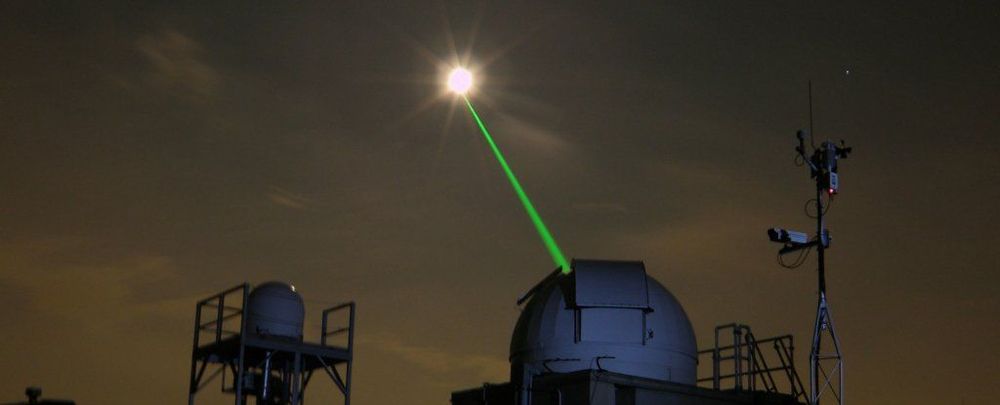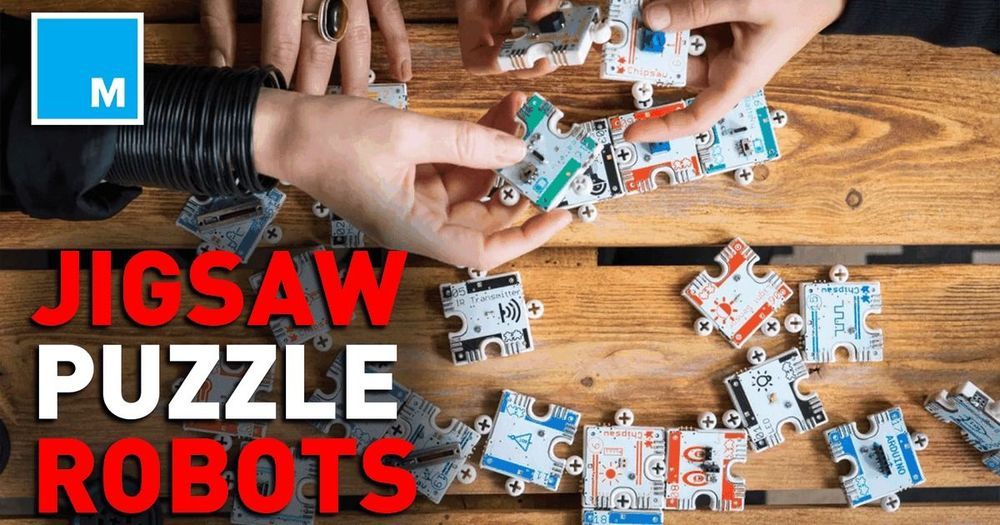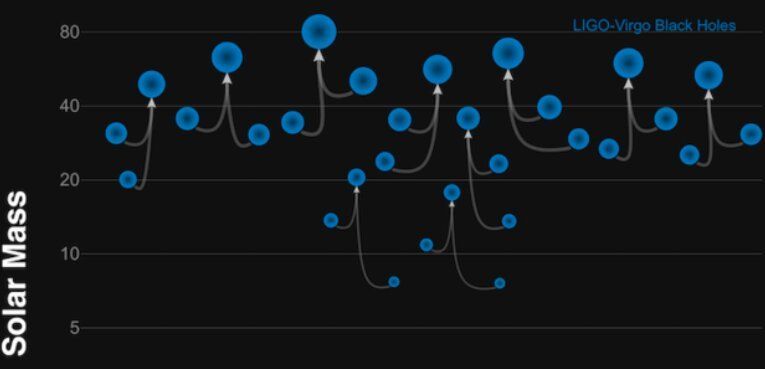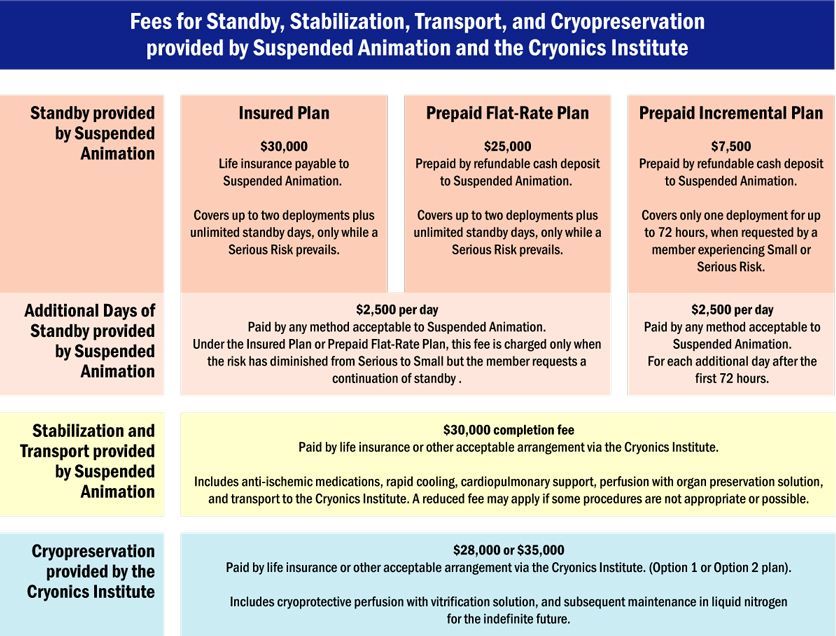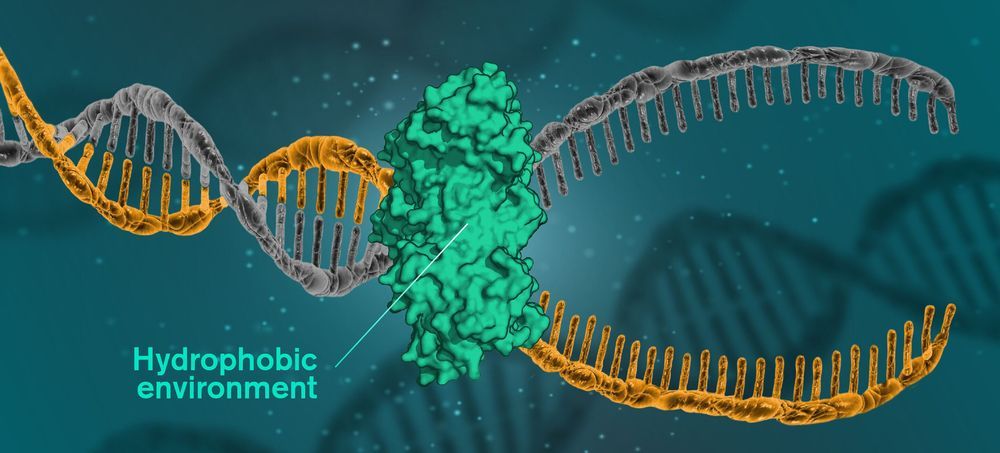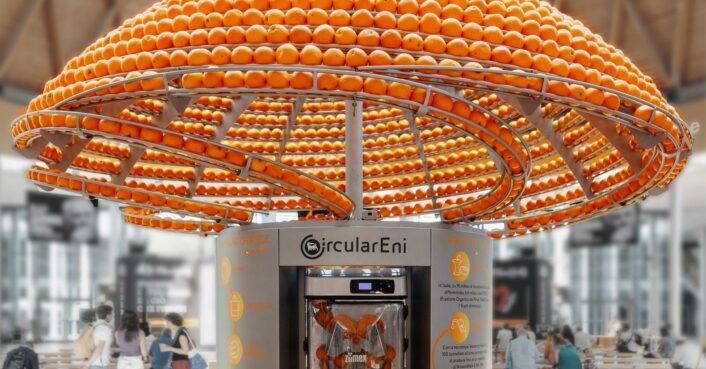Circa 2016
We humans are pretty into the idea of finding aliens, but have we really thought through what would happen if we stumbled across extraterrestrial intelligence that didn’t want to ‘come in peace’, and instead was hell-bent on mining our fair planet for everything it’s got?
No? Well, luckily for us reckless daydreamers, astronomers have our back, and have come up with a pretty solid plan that would cloak our planet from any bad-guy aliens out there looking for us. And it relies entirely on lasers (what else?).
So how does it work? In order to find planets outside our Solar System, we watch other stars and look for signs of their light dimming periodically, which indicates that a planet is passing in front of them.
